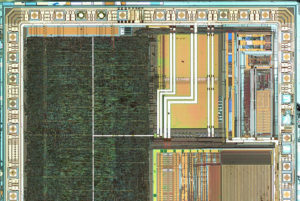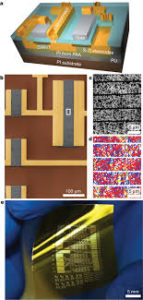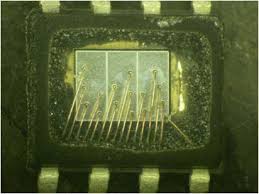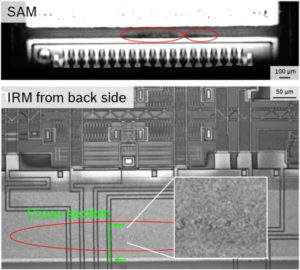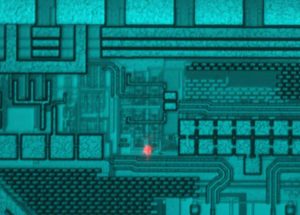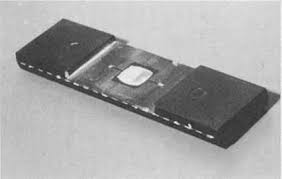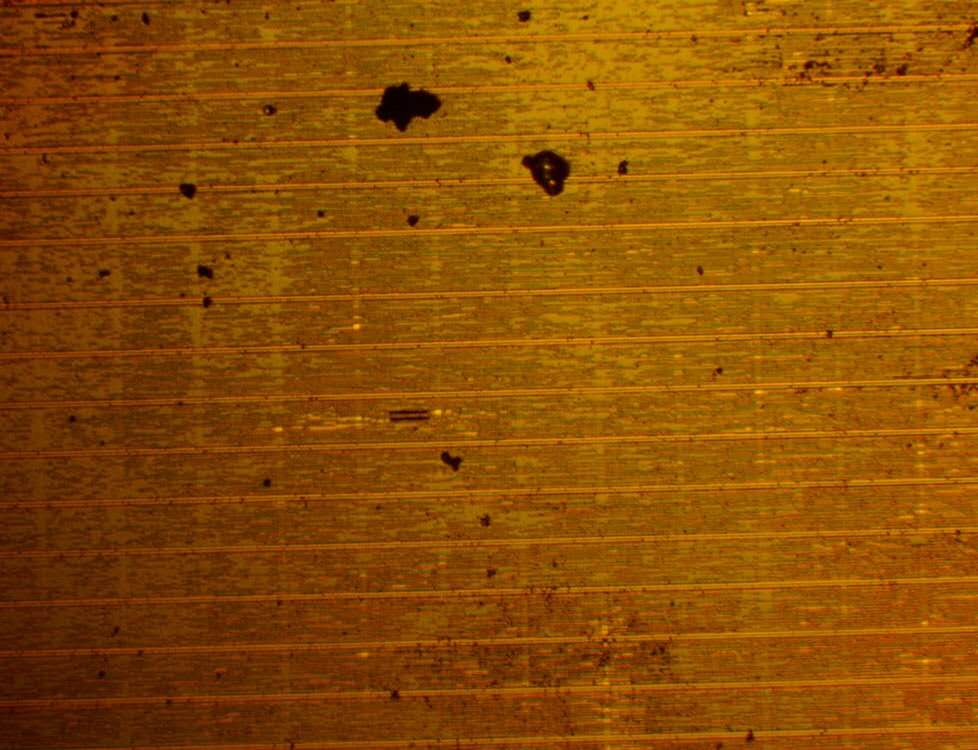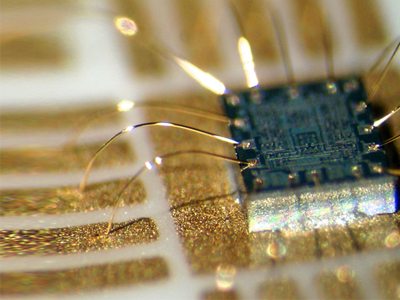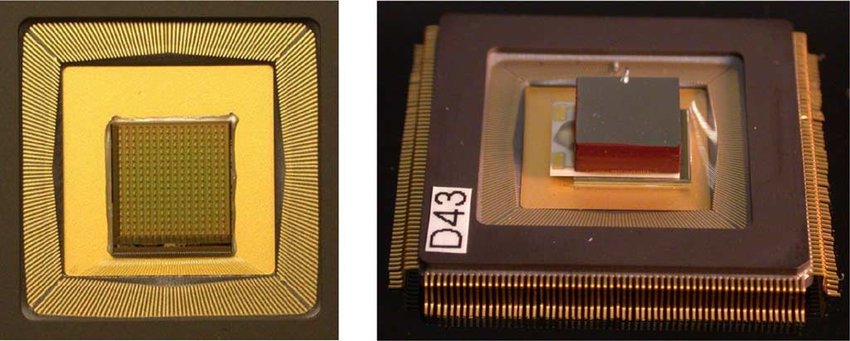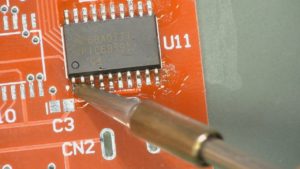Crack MCU PIC18F46K20 Heximal
Crack MCU PIC18F46K20 Flash memory and extract heximal out from MCU PIC18F46K20’s memory, reprogramme the code into blank Microcontroller PIC18F46K20 which provide the same functions as original version, the status of Microprocessor PIC18F46K20 will be reset from locked to unlocked one;
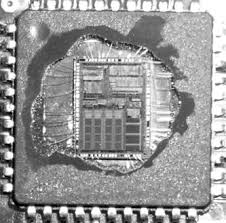
Crack MCU PIC18F46K20 Flash memory and extract heximal out from MCU PIC18F46K20’s memory, reprogramme the code into blank Microcontroller PIC18F46K20 which provide the same functions as original version, the status of Microprocessor PIC18F46K20 will be reset from locked to unlocked one
The factory calibrates the internal oscillator block output (HFINTOSC) for 16 MHz. However, this frequency may drift as VDD or temperature changes, which can affect the controller operation in a variety of ways. It is possible to adjust the HFINTOSC frequency by modifying the value of the TUN<5:0> bits in the OSCTUNE register.
This has no effect on the LFINTOSC clock source frequency. Tuning the HFINTOSC source requires knowing when to make the adjustment, in which direction it should be made and in some cases, how large a change is needed. Three possible compensation techniques are discussed in the following sections, however other techniques may be used if Microcontroller PIC18F1230 code extraction.
An adjustment may be required when the USART begins to generate framing errors or receives data with errors while in Asynchronous mode. Framing errors indicate that the device clock frequency is too high; to adjust for this, decrement the value in OSCTUNE to reduce the clock frequency.
On the other hand, errors in data may suggest that the clock speed is too low; to compensate, increment OSCTUNE to increase the clock frequency. This technique compares device clock speed to some reference clock. Two timers may be used; one timer is clocked by the peripheral clock, while the other is clocked by a fixed reference source, such as the Timer1 oscillator after MCU PIC18F2220 software unlocking.
Both timers are cleared, but the timer clocked by the reference generates interrupts. When an interrupt occurs, the internally clocked timer is read and both timers are cleared. If the internally clocked timer value is greater than expected, then the internal oscillator block is running too fast. To adjust for this, decrement the OSCTUNE register.
A CCP module can use free running Timer1 (or Timer3), clocked by the internal oscillator block and an external event with a known period (i.e., AC power frequency). The time of the first event is captured in the CCPRxH:CCPRxL registers and is recorded for use later. When the second event causes a capture, the time of the first event is subtracted from the time of the second event before MCU pic18f2320 flash unlocking.
Since the period of the external event is known, the time difference between events can be calculated. If the measured time is much greater than the calculated time, the internal oscillator block is running too fast; to compensate, decrement the OSCTUNE register.
If the measured time is much less than the calculated time, the internal oscillator block is running too slow; to compensate, increment the OSCTUNE register. A Phase Locked Loop (PLL) circuit is provided as an option for users who wish to use a lower frequency oscillator circuit or to clock the device up to its highest rated frequency from the crystal oscillator.
This may be useful for customers who are concerned with EMI due to high-frequency crystals or users who require higher clock speeds from an internal oscillator. There are three conditions when the PLL can be used:
· When the primary clock is HSPLL
· When the primary clock is HFINTOSC and the selected frequency is 16 MHz
· When the primary clock is HFINTOSC and the selected frequency is 8 MHz
Tags: crack mcu embedded archive,crack mcu embedded code,crack mcu embedded content,crack mcu embedded data,crack mcu embedded eeprom,crack mcu embedded file,crack mcu embedded firmware,crack mcu embedded information,crack mcu embedded memory,crack mcu embedded program


